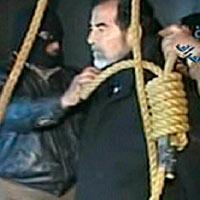
Saddam continues to haunt from beyond the grave. A tempest of sorts has erupted over the manner in which former Iraqi president Saddam Hussein was executed when he was hanged last Saturday in a Baghdad security facility. At the centre of the controversy is not so much the fact that he was executed, that was expected, but rather the manner in which the execution was carried out.
The proceedings looked more like the workings of a mob out to perform a lynching rather than the execution by a state of the former leader accused of crimes against humanity. The way Saddam was put to death on the morning hours of Saturday, the 30th of December, 2006, not only belittled the Iraqi government who is guilty of mishandling the affair, but it also reflected on the accused himself, giving the impression that he was a common horse thief rather than the mass murderer accused of some of the worst crimes against humanity.
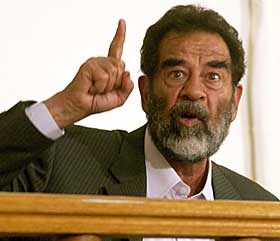
Saddam was found guilty of one of his "lesser crimes." The former Iraqi leader was tried for the death of 148 Shias. Meanwhile, far larger crimes such as the Iraq-Iran war, where nearly a million people lost their lives, will "conveniently" disappear. With Saddam dead he will never be able to answer questions regarding foreign involvement in the Iraq-Iran war; for example who gave him the chemical weapons? To what degree were the Americans and Europeans involved in convincing Saddam to go to war with Iran? Neither will Saddam be able to answer any questions regarding his invasion of Kuwait; nor will he be able to shed any light on who gave him the chemical weapons which he used against Iran and on Iraqi Kurds; nor will he stand trial for the deaths of approximately 300,000 Shias from southern Iraq, when he ordered his special forces to seek revenge on the Shias for their (failed) uprising in the aftermath of the invasion of Kuwait.
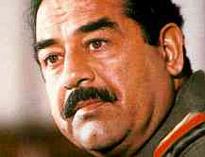
The scene of Saddam's final moments was not meant to be seen around the world. But thanks to modern technology and a simple cell phone with a built-in camera, someone was able to capture the scene and transmit it via the Internet for the whole world to see.
With Saddam's death the page is turned on one of Iraq's bloodiest leaders, at least in modern times. Regrettably though, his death does not close the chapter on violence, rather it risks inciting further violence between Sunnis and Shias.
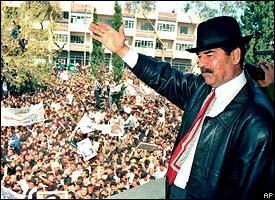
Indeed, the whole operation was mishandled from start to finish, including deciding to hold the execution on Eid al-Adha, the feast of the sacrifice, when traditionally leaders in the Muslim world pardon prisoners rather than execute them. To his supporters, this execution will forever be tied to the Adha, and may be seen as a martyr by some of his supporters.
Additionally, one begins to wonder if those in charge gave the whole process any thought. If the execution and the videotaping was not enough, to top if off, the Iraqis then allowed Saddam's body to be returned to his hometown of Tikrit. This will turn out to be a monumental mistake as Saddam's tomb will be turned into a lieu of pilgrimage. Already thousands of supporters have begun to flood the burial site.
Saddam issued his final advice to the Iraqi people from the gallows moments before he died. "Beware of the Persians and of the Americans. They are not to be trusted," Saddam said. Saddam has long regarded Iran as an archenemy, and did not hesitate to launch a protracted war with Teheran. By 1990, the war with Iran had emptied his state coffers and the oil-rich Gulf countries had cut back their financial support.
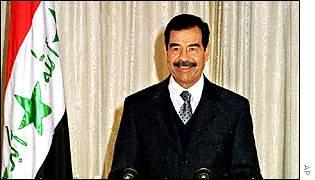
Strapped for cash, Saddam invaded neighbouring Kuwait, looking to grab their oil wells and the millions of dollars they generate. Saddam accused the Kuwaitis of "slant drilling" under the border into Iraqi land. He also used the pretext that Kuwait was Iraq's 19th province - and invaded. Saddam ransacked the tiny oil-rich emirate. His soldiers stole everything they could, from fancy European cars to the gold and currency reserves in Kuwait's Central Bank. Then, as the Iraqi Army began to retreat in the face of the rapidly advancing US-led coalition, they set fire to around 550 oil wells, causing an environmental disaster of gargantuan proportions. That is yet another crime he will not stand trial for.
No comments:
Post a Comment